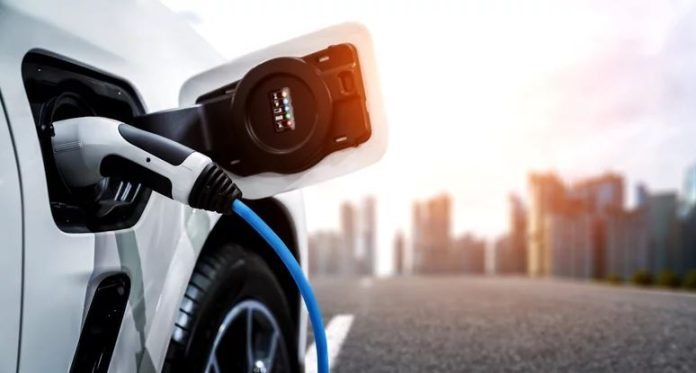In the past two years, India’s electric vehicle (EV) industry has experienced exponential growth, driven by constantly increasing demand and strong government incentives. In 2022–2023, domestic four-wheeler EV sales are anticipated to reach 60–65,000 units. This movement has been fueled by the global acceptance of sustainable energy. Customers are choosing EVs in addition to being environmentally concerned due to their lower operating costs, simplicity of refueling (thanks to home charging stations and a steadily expanding charging network), and appealing range and performance options. Automakers are preparing to diversify their EV portfolio with new models and improved performance in an effort to maintain this excitement.
Benefits of innovation We must examine the fundamentals of EV technology in order to trace its prospective development. Batteries made of lithium iron phosphate (LFP) and nickel manganese cobalt (NCM) currently account for the majority of the market. Leading automakers are attempting to innovate at the battery level by working to develop power packs that are lightweight, affordable, and energy-dense. Chemistry breakthroughs will likely be added to incremental gains.
We must carefully examine the processes involved in production, distribution, and consumption in addition to the basic technology used to power electric cars. A robust supply chain’s worth was reaffirmed by the pandemic, and we now need to apply these lessons to the development of new paradigms for the EV ecosystem.
It would be extremely beneficial to conduct thorough research on composite materials and assembly breakthroughs as well as creative technology and design solutions to get around a raw material shortage. Import dependence issues can eventually be resolved by building local capacity for in-demand products like batteries and semiconductors.
India’s electrification efforts must be in line with broader efforts to digitize society and promote sustainability. Our transition to electric mobility will be facilitated by employing circular manufacturing methods, recycling batteries, and implementing a strong digital architecture to enable visibility across the supply chain. Artificial intelligence (AI), the Internet of Things (IoT), and other cutting-edge technologies can enhance client experiences while maximizing the effectiveness and performance of products.
In addition to notifying users of the closest charging stations and assisting them with real-time road navigation, connected EVs provide improved safety features and data analysis tools that monitor a vehicle’s productivity. To maximize battery life and improve efficiency, data on driving and usage patterns collected from the connected database can be used.
Digital automotive twins, or virtual reproductions of real cars that have all of a genuine car’s components, including its physical body, software, and mechanics, have the potential to completely disrupt the way automakers operate. Digital twins open up a wide range of opportunities for manufacturers, enabling them to evaluate manufacturing capabilities, train staff, and analyze real-time failure modes based on client usage patterns to improve customer service as well as the pace and caliber of automotive development.
Industry 4.0 concepts can be applied to create digital product development frameworks that will hasten the transition to sustainable e-mobility.
EV charging is a different area where virtual technology has the potential to change the game. It basically implies adjusting the charging cycles of EVs to the requirements of vehicle users and the power system. Smart charging involves the EV and charging device sharing a data link and being connected to the cloud. Incorporating EVs that are charging at the same station, taking into consideration energy availability, and customers’ preferences, offers a useful method of improving the charging process.
In the end, this might reduce the overall load on the electricity grid and help motorists save money.
EV optimism is at an all-time high given the field’s amazing potential. However, it is also essential for original equipment manufacturers in the auto industry to reduce potential risks to customer security and privacy through a robust cybersecurity framework.
Tata Motors’ EV roadmap is the outcome of a deliberate strategy that was implemented from an early stage. The methodical approach we took began with reorganizing models at the component level, which paved the way for the addition of first-generation Tata EVs to our portfolio. Through this strategy, we debuted the Nexon, Tigor, and Tiago EVs, which were thought to be the ideal package for consumers looking to switch to electric vehicles.
Tata’s current plan is to let our ability to implement disruptive solutions in both manufacturing and product offerings through the introduction of our second- and third-generation vehicles, the Curvv and Avinya, respectively.








